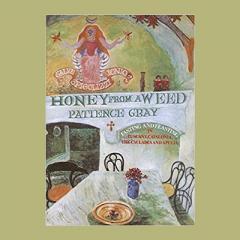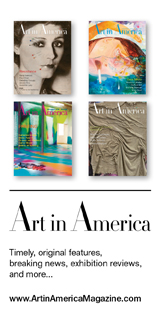Honey from a Weed: Fasting and Feasting in Tuscany, Catalonia, the Cyclades and Apulia by Patience Gray
DeTnk Bookshelf
Within a few months of its first appearance in 1986 it was hailed as a modern classic. Fiona MacCarthy wrote in The Times that, the book is a large and grandiose life history, a passionate narrative of extremes of experience. Jeremy Round called Patience Gray the high priestess of cooking , whose book pushes the form of the cookery book as far as it can go. Angela Carter remarked that it was less a cookery book that a summing-up of the genre of the late-modern British cookery book.
The work has attracted a cult following in the United States, where passages have been read out at great length on the radio; and it has been anthologized by Paul Levy in The Penguin Book of Food and Drink. It was given a special award by the André Simon Book Prize committee in 1987. The author, Patience Gray, for 20 years shared her life with a sculptor, whose appetite for marble and sedimentary rocks took them to Tuscany, Catalonia, Naxos and Apulia. She wrote a passionate autobiographical cookbook, Mediterranean through and through and as compelling as a first class novel.
"Wolfing it"
A review by Angela Carter for LRB
I bought my first cookery book in 1960, as part of my trousseau. It was called Plats du Jour, or Foreign Food by Patience Gray and Primrose Boyd, a Penguin paperback with a seductive pink jacket depicting a large family at table – evidently not a British family, for its members, shirt-sleeved, aproned, some of them children, were uncorking bottles, slicing bread, eagerly tucking their napkins under their chins, faces aglow with the certain knowledge their dinners would not disappoint, which was, in those days, extremely rare in this country.
My copy of Plats du Jour now gives forth a mellow smell of old paper; the pages are crisp, brown and dry as Melba toast. But it has outlasted the husband for whose pleasure I bought it by some eighteen years, proof positive of the old saw, ‘Kissin’ don’t last, cookin’ do.’ And now it is a historic object, a prototype of the late 20th-century British cookery book, a book to browse in as much as to cook from, its prose as elegant as its plentiful line-drawings. And, oh, that easy, graceful cosmopolitanism! ‘For anyone who has eaten a well-prepared Gulyas in one of the little restaurants on the Buda side of the Danube, overlooking the lantern-threaded bridges and the electric glitter of Pesth on a warm summer night before the war ...’ The nascent genre infected an entire generation with wanderlust.
Patience Gray helped to instigate the concept of the cookery book as literary form – part recipes, part travel book, part self-revelation, part art object. Now, some thirty years on, she has assembled what may be its culmination. Honey from a Weed is less a cookery book than a summing-up of the genre of the late modern British cookery book. It is a book like very few others, although it has some of the style of the 17th-century commonplace book, replete with recondite erudition and assembled on the principle of free association, as when Mrs Gray lists uses for goose fat. In a cassoulet. In soups. On bread. On toast. ‘On your chest, rubbed in in winter. On leather boots, if they squeak. On your hands if they are chapped.’
Above all, it is a book about a particular sensibility – a unique and pungent one – that manifests itself most characteristically in the kitchen. That is what the genre is all about. M.F.K. Fisher had pioneered the culinary autobiographical novel in the US years before the Penguin school of cookery writers found its greatest star in Elizabeth David in the late Fifties and early Sixties. For these writers, and for Patience Gray, cookery is what the open road was to Cobbett or the natural history of Selbourne to Gilbert White. There is, however, a difference: these are women to whom food is not an end in itself but a way of opening up the world. And, indeed, they are all women: this is, at the highest level, a female form.





















